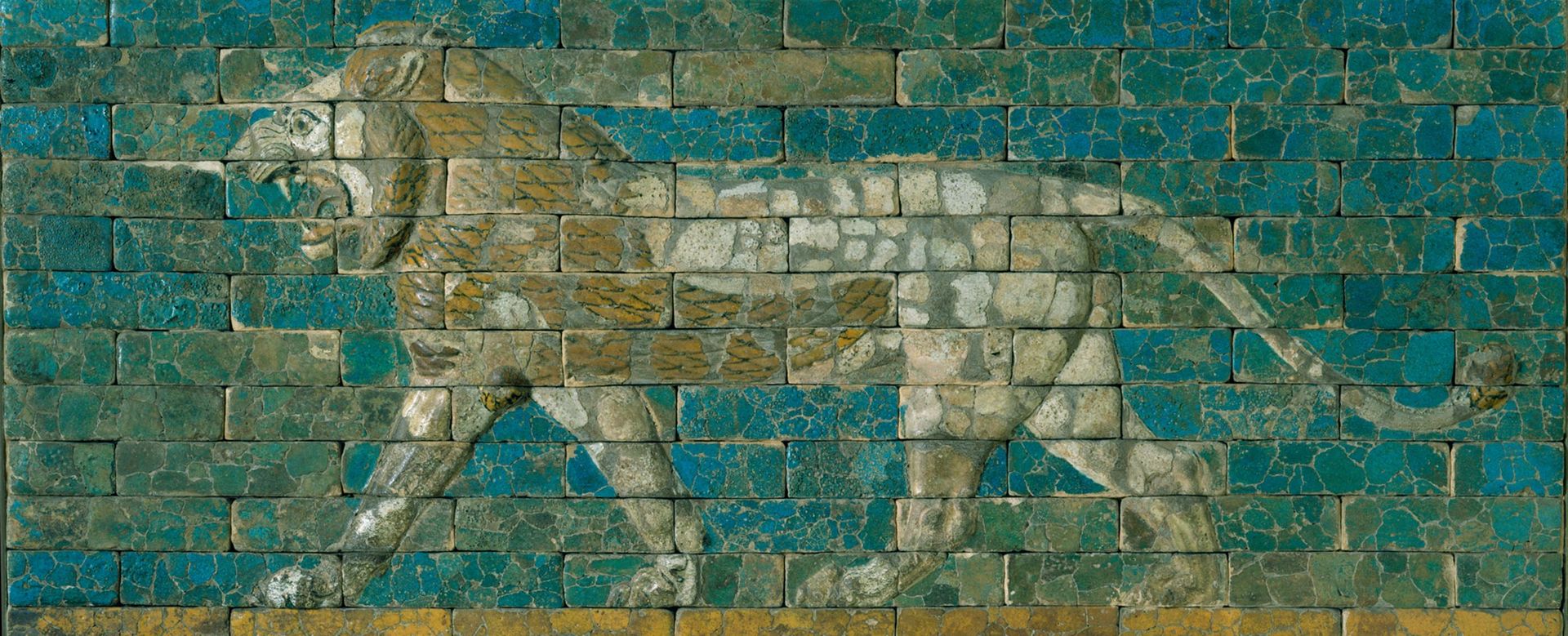
Friends of Ancient Near Eastern Art and The Ishtar Society
The Metropolitan Museum of Art's Department of Ancient Near Eastern Art houses a superb collection of global significance for the study of art history and archaeology. The more than seven thousand works cover a period from around 8000 B.C. to the Arab conquests and the rise of Islam in the seventh century A.D., and a geographical area that spans today's Middle East, Iran, Caucasus, and Central Asia. From the art of some of the world's first cities to that of great empires, the Department's holdings illustrate the beauty and craftsmanship, as well as the profound interconnections, cultural and religious diversity, and lasting legacies that characterize the ancient art of this vast region.
Through its permanent galleries, exhibitions, cultural heritage and archaeological initiatives, public activities, and publications, the Department of Ancient Near Eastern Art works to conserve, study, display, and celebrate this rich heritage. As parts of the region face grave challenges in the present, this work has never been more important.
The Friends of Ancient Near Eastern Art and The Ishtar Society play a critical role in supporting the Department—they are part of our community, share in our activities, interact with curatorial staff, and receive invitations to special events such as lectures, curator-led tours, and receptions. Friends also receive copies of Department publications and formal recognition in the Museum's Annual Report.
Annual Dues: $6,000 (a portion of dues is tax-deductible)
Under-Forty Annual Dues: $5,000 (a portion of dues is tax-deductible)
The Ishtar Society: $10,000 (a portion of dues is tax-deductible)
For more information, please contact the Department at 212-570-3907 or FANEA@metmuseum.org.
Above: Panel with striding lion (detail), ca. 604–562 B.C. Neo-Babylonian, Mesopotamia, Babylon (modern Hillah). Ceramic, glaze; 38.25 x 89.5 in. (97.16 x 227.33 cm). The Metropolitan Museum of Art, New York, Fletcher Fund, 1931 (31.13.1)